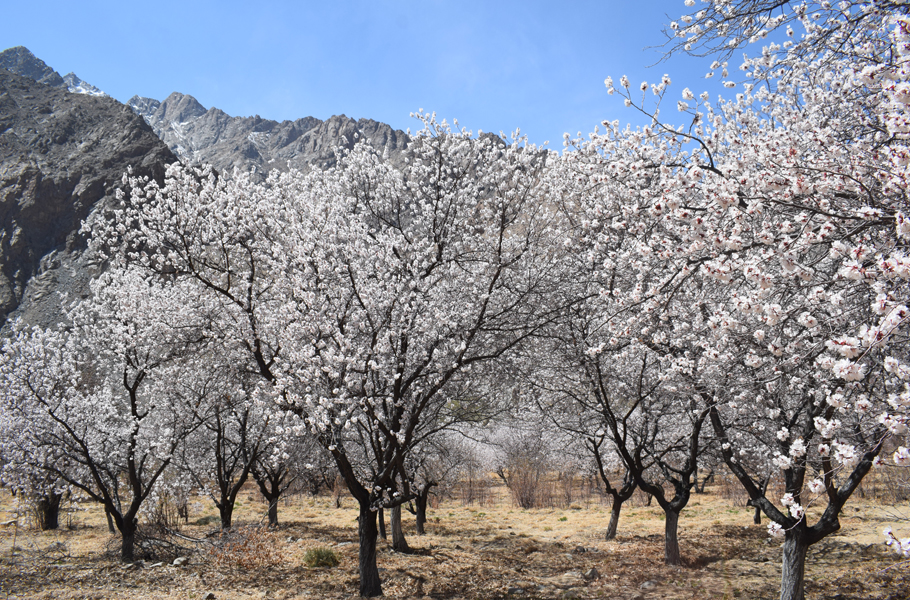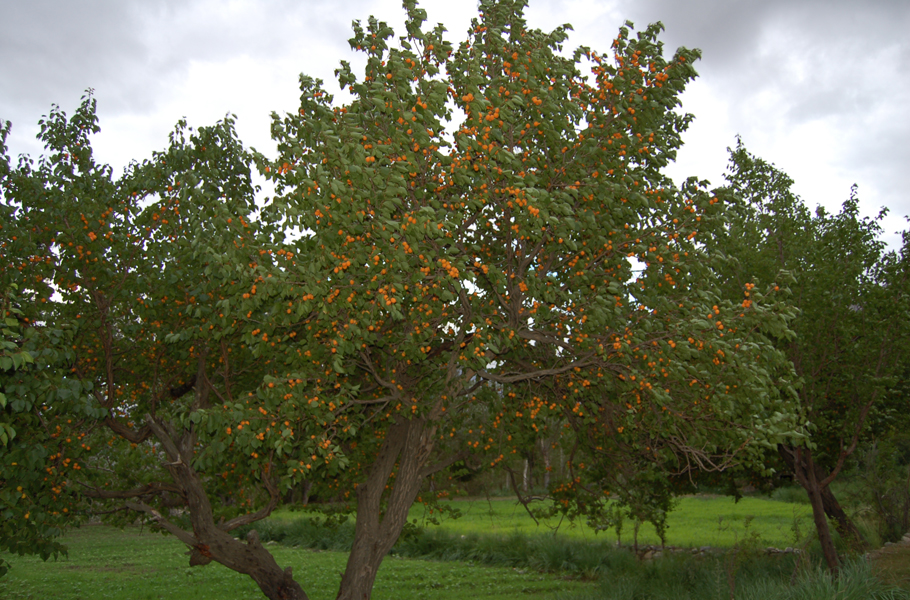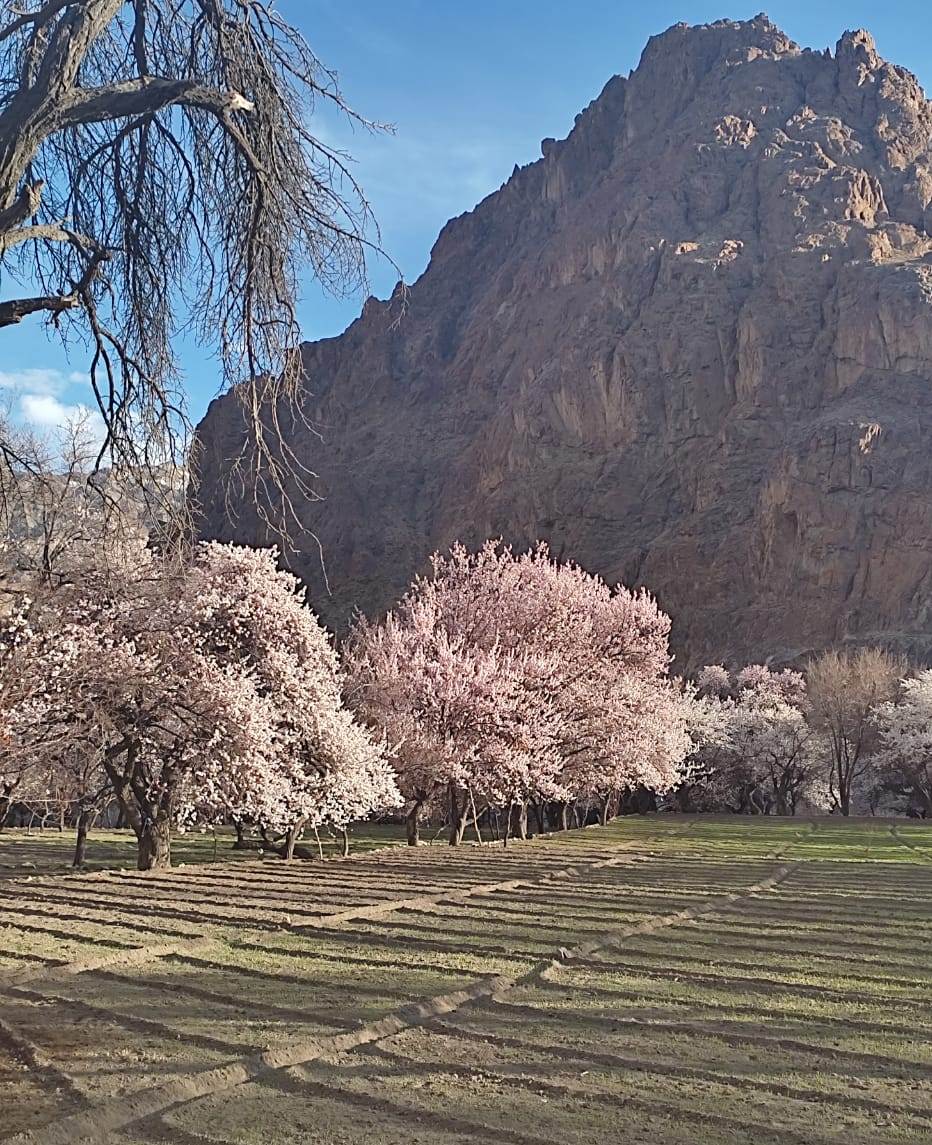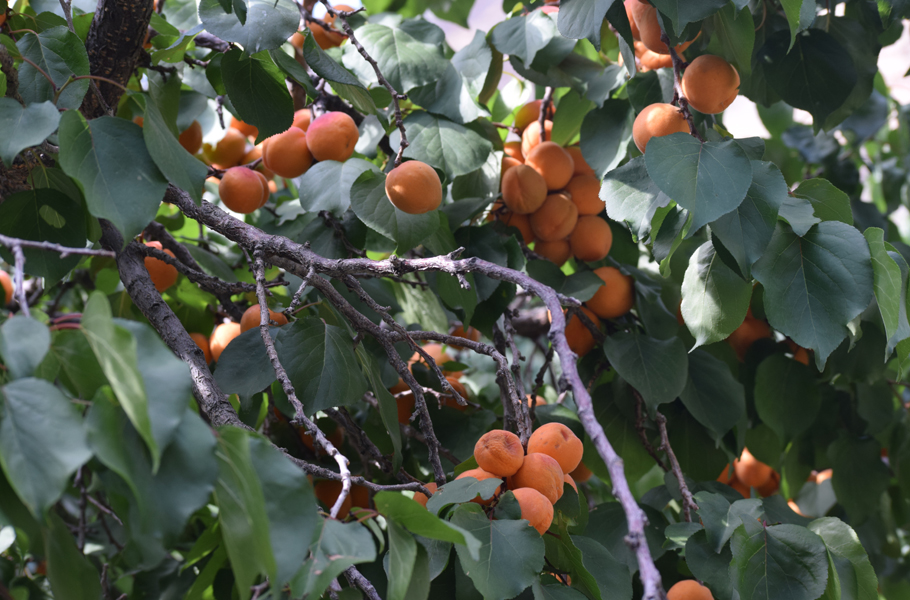
- Home
- India
- World
- Premium
- THE FEDERAL SPECIAL
- Analysis
- States
- Perspective
- Videos
- Sports
- Education
- Entertainment
- Elections
- Features
- Health
- Business
- Series
- In memoriam: Sheikh Mujibur Rahman
- Bishnoi's Men
- NEET TANGLE
- Economy Series
- Earth Day
- Kashmir’s Frozen Turbulence
- India@75
- The legend of Ramjanmabhoomi
- Liberalisation@30
- How to tame a dragon
- Celebrating biodiversity
- Farm Matters
- 50 days of solitude
- Bringing Migrants Home
- Budget 2020
- Jharkhand Votes
- The Federal Investigates
- The Federal Impact
- Vanishing Sand
- Gandhi @ 150
- Andhra Today
- Field report
- Operation Gulmarg
- Pandemic @1 Mn in India
- The Federal Year-End
- The Zero Year
- Science
- Brand studio
- Newsletter
- Elections 2024
- Events
- Home
- IndiaIndia
- World
- Analysis
- StatesStates
- PerspectivePerspective
- VideosVideos
- Sports
- Education
- Entertainment
- ElectionsElections
- Features
- Health
- BusinessBusiness
- Premium
- Loading...
Premium - Events

Why the sweet smell of success eludes Ladakhi apricot growers
While scientists have discovered the sweetest apricot variety in Ladakh's rugged terrains, farmers are not quite keen on producing it.

In the rugged terrains of Kargil, where a memorial of the 1999 India-Pakistan war is still attracting shrilled patriotic tourists, Dr Tresing Stobdan is silently rebranding the native delicacy—the apricot. A senior scientist at the Defence Institute of High Altitude Research (DIHAR), Dr Stobdan has extensively studied the Raktsey Karpo, the sweetest apricot in the world and a unique...
In the rugged terrains of Kargil, where a memorial of the 1999 India-Pakistan war is still attracting shrilled patriotic tourists, Dr Tresing Stobdan is silently rebranding the native delicacy—the apricot.
A senior scientist at the Defence Institute of High Altitude Research (DIHAR), Dr Stobdan has extensively studied the Raktsey Karpo, the sweetest apricot in the world and a unique variety found at an altitude of 11,000 feet above sea level.
“Raktsey Karpo’s white seed coat makes it unique to Ladakh. The fruit’s TSS (Total Soluble Solids) at 37.9º Brix (°Brix is a measure of fruit maturity) is the highest reported across the world in the fresh apricots category. This TSS has not been reported in any fresh apricot anywhere else in the world,” he says enthusiastically.
Dr Stobdan has applied for GI tag for the fruit and hopes that local growers will be able to boost production and get good money in the international market.
But Dr Stobdan might not find the same keenness among apricot farmers of Ladakh.
“I would love to plant more Raktsey Karpo but I should get good returns,” demands Tresing Lamchung, an apricot grower in Bema village of Leh.
A few years ago, an NGO working on apricots had suggested to farmers in Lamchung’s village to plant more Rakshey Karpo and market them globally for its unique regional identity and taste.
But Lamchung says that they “have been growing these trees for ages, nobody has paid much attention to formalise its farming”.
Konchak, 43, another apricot grower from Achinathang village in lower Sham belt, mostly makes his living with Phating (the dried form of Halman apricot variety).
“I have heard from my ancestors that Halman was brought by some traveller from Pakistan’s Hunza area and introduced it in Ladakh,” he says.
Halman is a very popular variety of apricots in Ladakh, and is widely grown in neighbouring Kargil district too, where Narmo, Khantey and Margolam are also cultivated.
While Halman is popular in its dried form, Narmo and Margolam are consumed as fresh fruits and the Khantey variety is used for oil extraction.
Unlike other varieties which are sold only locally or in Leh town, Halman is the only variety that finds a market outside Ladakh.
“Almost 90 percent is sent to Kashmir and the rest to Jammu and Delhi,” says Mohammad Ali Raza, chief horticulture officer, Kargil district.
“On an average, 682 metric tonnes of dried Halman is exported annually from Kargil which fetches approximately ₹27.5 crores annual return to the fruit growers,” he says.

Restrictions galore
“If Kashmir would not have imported our apricots, we would have been devastated,” says Sadiq. “But since Kashmir came under two lockdowns of 2019 and 2020, we suffered huge losses.”
Sadiq believes that the governments at local and central levels have never paid attention to apricot export and marketing.
“For us, this is our livelihood and apricot has a huge potential in Kargil,” he says.
After the Centre abrogated Article 370 and carved Ladakh as a new Union Territory from the erstwhile state of Jammu and Kashmir in August 2019, apricot growers of Ladakh have been facing huge losses.
“Earlier, wholesalers would pre-book orders for apricots,” Konchak says. “But since 2019, there are no takers for the dried produce, most of which is now lying in our homes.”
Phating would cost ₹500 per kilogram. But after Ladakh became a new Union Territory and passed through the consecutive lockdowns, it sold at ₹350 per kilogram.
This slump is witnessed in a region which is the biggest producer of apricot across India.
But like Lamchung, Konchak is ready to take up Raktsey Karpo, provided the government ends the apricot’s regional market dependence.
Because otherwise, “we just pack apricots in simple polythene packets and send them to the Leh market”, Konchak complains.
Mohammad Sadiq, a 65-year-old from Hadras village, who has around 80 trees of Halman apricot, says, “We don’t have a quality issue here. Since we are a landlocked region, we want proper marketing of our crop.”
Terming apricot farming as the backbone of the economy in lower belts of Leh, chief horticulture officer Tsewang Phunchok says that the horticulture department does not have funding for marketing and packaging of apricots. “We have a mandate of keeping track of production only,” he said.
Apricot distress report
The distress in the apricot farming was documented when the local administration came up with a report in 2020 stating that Ladakh’s unique apricots of premium quality need a production boost through area expansion.
“There is immense scope to expand the area under apricot cultivation from existing 2,303 hectares (1,645 hectares in Kargil and 658 hectares in Leh) as vast barren land is unused,” says the report.

Data presented in the report notes that the area under apricot cultivation has increased by 9.4 percent in Kargil and decreased by 6.9 percent in Leh district from 2015 to 2019.
“The decrease in area under apricot cultivation in Leh district is due to drying of plants in flood affected areas,” the report says. “However, the number of trees in the fruit bearing stage has increased by 97.5 percent in Kargil and only 1 percent in Leh district from 2015 to 2019.”
The report also states that apricot orchards are poorly managed and trees are mostly planted around the houses of the farmers or around the field boundaries. “There is a need for plantation of apricot trees in the orchard system,” it said.
Despite this crop being a major source of livelihood and deeply associated with the tradition and culture of the region, the report says that the disorganised nature of the sector and adherence to certain inefficient production and processing techniques were causing a wastage of 40-50 percent in production.
Pest problem
In 2015, Konchak recalls that he faced huge losses due to infestation of yellow tail moths. “This caterpillar is dangerous both for the fruit and growers,” said Konchak.
“The horticulture department provided the pesticide initially and asked us to spray it. Most of the farmers don’t know the techniques of spraying pesticide as we have a completely organic system of apricot farming here. Later, the caterpillar damaged crops in many villages in the lower belt,” he says.
Last year, amid the pandemic, when another caterpillar called Aphid attacked apricot trees, Konchak says, the regional horticulture department didn’t even come to the rescue of the growers.
Already there has been a ban on export of fresh fruit from Ladakh since the codling moth (Cydia pomnelia), a serious insect-pest, entered Ladakh from the Gilgit-Baltistan province of Pakistan in 1981 and infected its fruit.
“Actually this is a notorious pest and cannot be eradicated completely because it has come from border areas of Pakistan and it has spread over millions of hectares along the border and if we become successful in controlling the pest in our region, it still comes back from the other side; borders are irrelevant in this aspect,” says Dr Faizan, senior scientist in one of the research centres of SKAUST, Kargil.
Official efforts and cross border challenges
But apricot being the cash crop of Ladakh awaits serious groundwork, says Lundap Dorjee, Councilor of Skurbuchan constituency in Leh.
“Around 90 percent of households in my constituency are engaged in apricot farming,” Dorjee says. “But we need to rise above the local market dependence. We are still feeding around 80 percent of the dried apricot in Leh market only.”

As part of its effort to help apricot farming, the government recently organised the Apricot Blossom Festival, 2021, the first ever such festival in the history of Ladakh.
“The festival was not only a symbolic gesture but also a message to the country that we have the best quality apricot and the need of the hour is to increase the production,” Dorjee adds.
On their part, the Horticulture Department says it is trying to intervene by providing a solar dryer to farmers in Ladakh on subsidy rates. For this, the farmer has to construct a complete wooden room with glasses to let the sunlight pass.
“But small farmers are not able to adopt solar dyer technique as they are not in a position to keep a wooden room with glasses. They are already under the stress of loans and debts,” says Sadiq.
“I believe we need Turkey-type technology for drying and packaging of apricots,” he says. “Currently, we export our dried apricot in a bag of 50 kg and under it we put a white cloth so that it won’t get damaged.”
But on the larger level, the Ladakhi apricot, with its uniqueness and premium quality can flip the image of the region, Dr Faizan concedes.
“At the end of the day it’s a matter of planning,” he said. “With fierce marketing and brand promotion, we can take Ladakhi apricot to the global platform.”
